How to Live the Good Life in the Traditional City
April 18, 2010
OK, rich guys: I know that you aren’t really going for this Traditional City stuff.
“Look, I am THE MAN. Get it? I’m not going to live in some 800sf jail cell just because some Internet dweeb calls it the ‘eco-freaking-metropolis'”
“Plus, after last year’s big loss, it might be hard to convince the Board of Directors that they should pay me my $30 million so I can be maintained In the Manner To Which I’ve Become Accustomed, if I get accustomed to a 800sf apartment. You can only get away with that folksy-guy stuff when you own the damn company, like Sam Walton and his beat-up old pickup, or Warren Buffett at Borat’s Steakhouse.”
“Besides, even if I did go for it, my wife would leave me and take the kids. That could be unpleasant.”
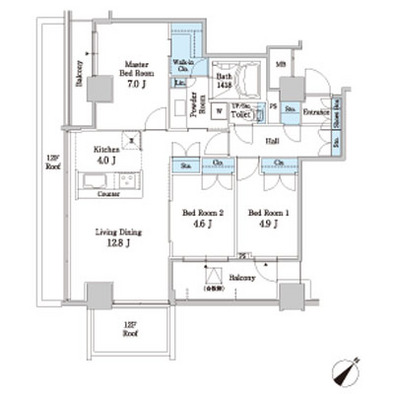
I understand completely. Up until now, I’ve been focusing mostly on the middle- and not-quite-middle-class — which is to say, about 98% of the population. (The 98th percentile is a household income of about $230,000 per year, which is “upper middle class.”) Most people need shelter that most people can afford, without a lifetime of debt slavery. First things first. But if you can afford something special — and pay cash for it — then why not? (Mortgages are for Nick Cage and other suckers.) Things being what they are, the habits of the wealthy tend to set the standard for everyone. If the top 0.1% are dreaming of 20,000sf in the ‘burbs, then so will everyone else. I want to get you guys on my side. So, let’s spend today looking at how to live The Good Life in the Traditional City.
1) The Greenwich Village Brownstone.
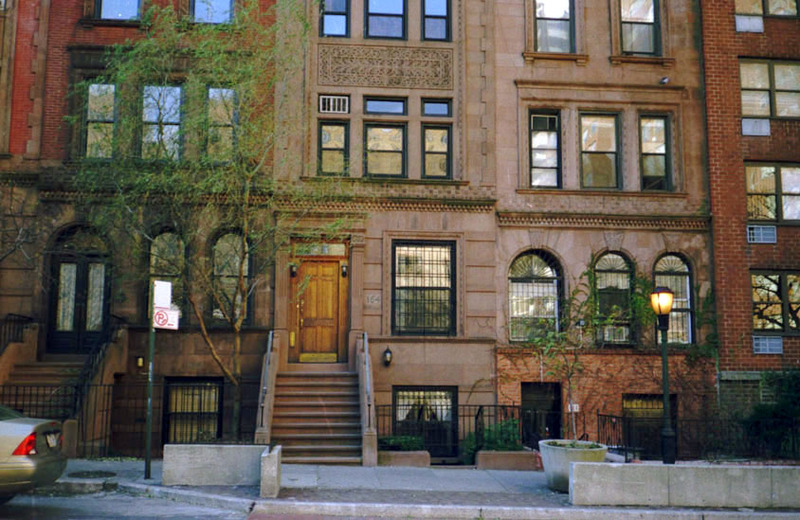
Doesn’t look too fancy from the outside, but …
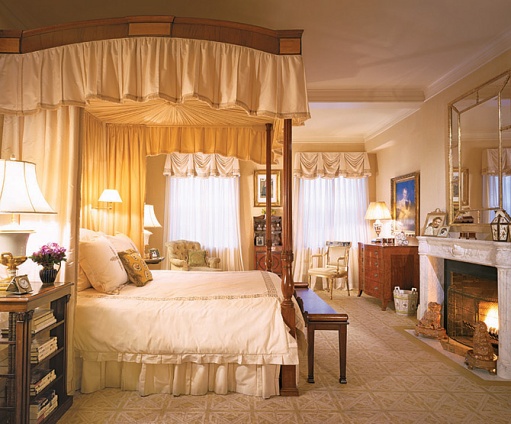
… nice on the inside. These can easily be 3,000-4,000+sf.
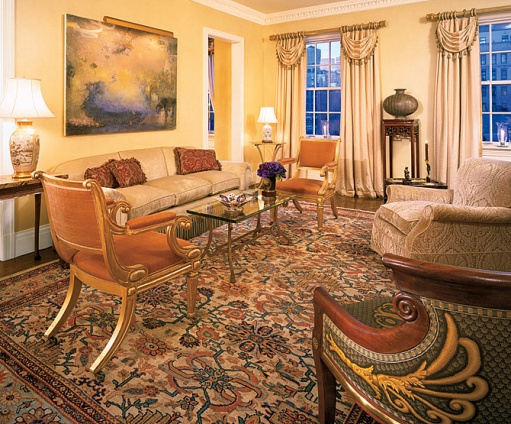
Luxe enough for you?
The only real problem with the Greenwich Village Brownstone is that the streets are too wide, and that hypertrophic front stair (the natural consequence of trying to put a buffer between the house and the Hypertrophic street).
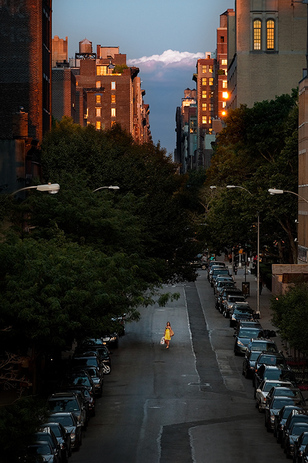
See what I mean? Obviously too wide (West 19th Street.)
2) The Lowrise Apartment: This is essentially the same as the Greenwich Village Brownstone, but in an apartment format. The building height is typically 3-5 stories, maybe 7 stories on the tall side.
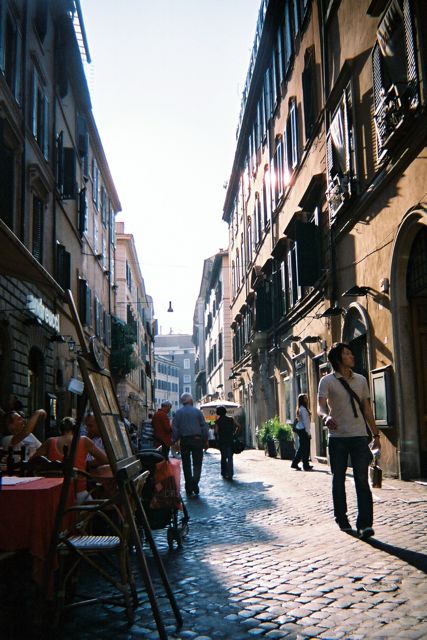
The interiors are basically the same as the Greenwich Village Brownstone.
Note the street width here compared to West 19th street. Kinda different, no? This is a properly sized pedestrian street.
3) The Highrise Apartment. You know this one. Lots of glass, somewhere high above New York (or Singapore or Moscow or Miami or wherever).

This actually comes from an article from an Architectural Digest story called “Simply Sustainable: a 45th Floor Aerie on the Upper West Side Goes Green.” Which fits right into our Eco-Metropolis theme.

Giselle is modeling the proper use of the High Rise Apartment.
You can live in the Eco-Metropolis and not be a granola girl.
4) The Courtyard House. You don’t see this in the U.S. much, but it is common elsewhere. This is an urban house that surrounds a central courtyard of some sort.

Large courtyard, Marrakesh, Morocco.
This courtyard has been enclosed, but normally it is open to the sky.
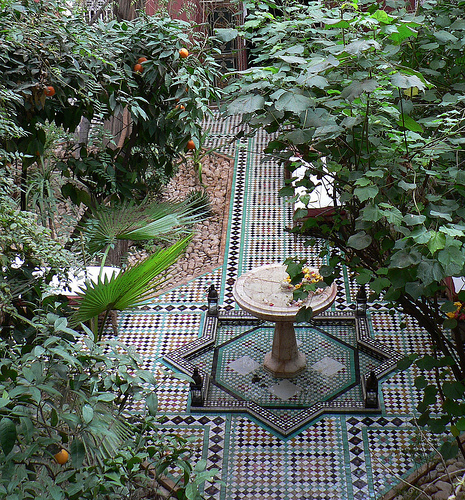
Another courtyard in Marrakesh. A courtyard is a fine place to introduce some greenery.
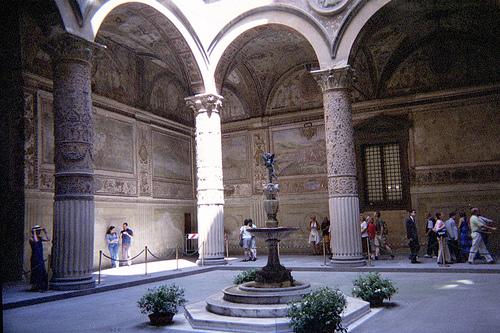
Courtyard in Florence.
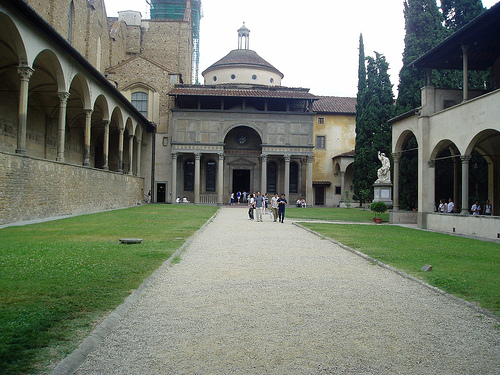
Another courtyard in Florence. Obviously, you can make a very, very large courtyard house. For those of you who just need 50,000+ square feet.
You can also make the apartment equivalent of the Courtyard House. Then you would have a bunch of apartments surrounding a courtyard. This is a good format for hotels too, and even offices, hospitals, and restaurants.
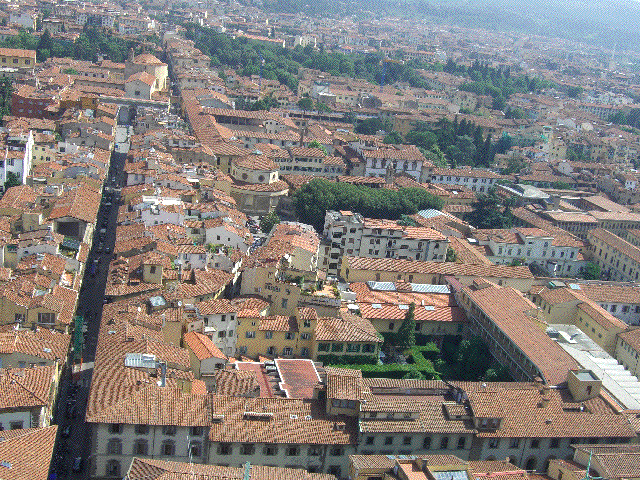
Florence. This gives an idea of how the Courtyard House fits into the Traditional City.
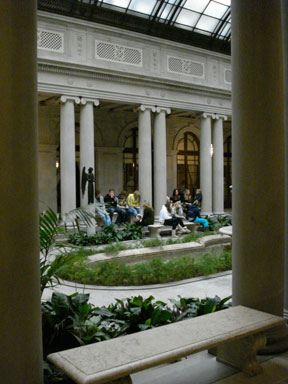
Courtyard of the Frick Museum, New York. This was originally a private residence, and the courtyard was originally open-air.
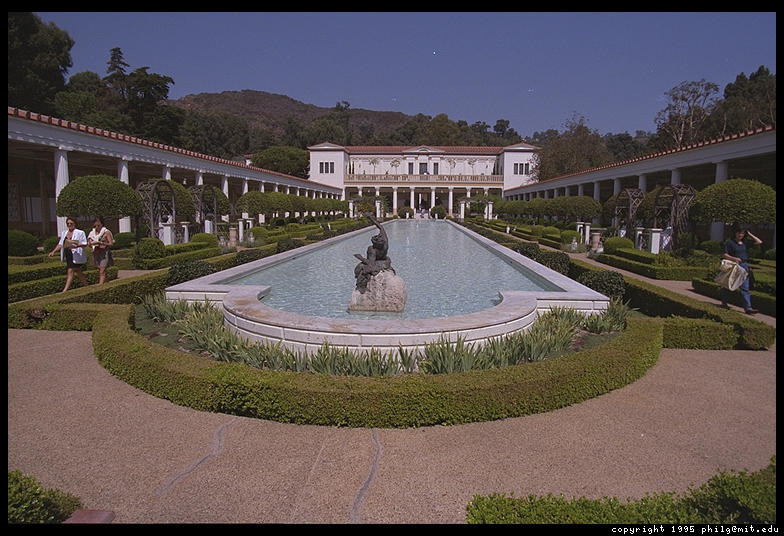
Courtyard of the Getty Museum, Los Angeles. Modeled after an ancient Greek estate. You can go as big as you wanna go.
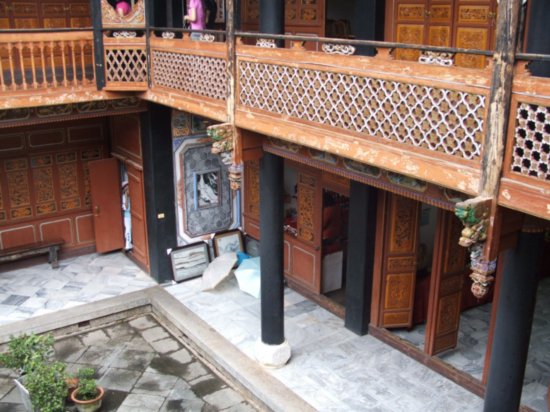
Courtyard house in China. Nice!
I like all the wood in China.
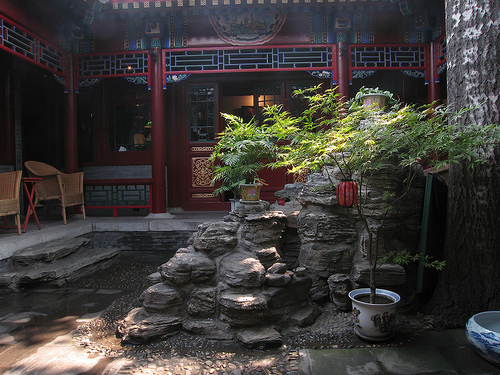
Lots of lovely courtyard examples in China.
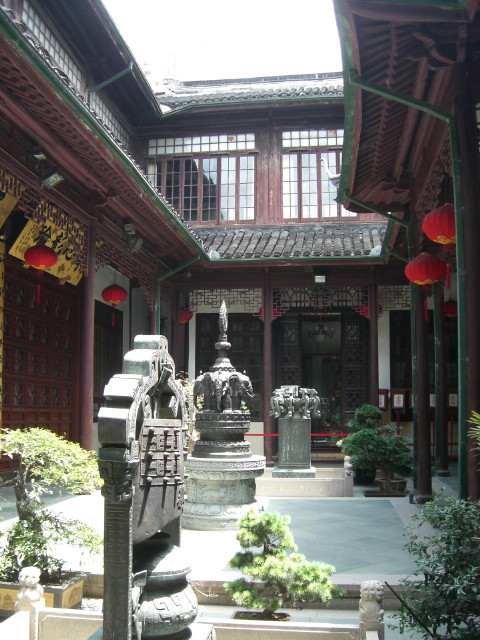
A compact Chinese courtyard. Have some tea?

Nice street!

Demonstrating the proper use of the Chinese courtyard.
“Do you think I’m going to dress like this and then sit on your plastic lawn furniture?”
5) The Venetian Palazzo.
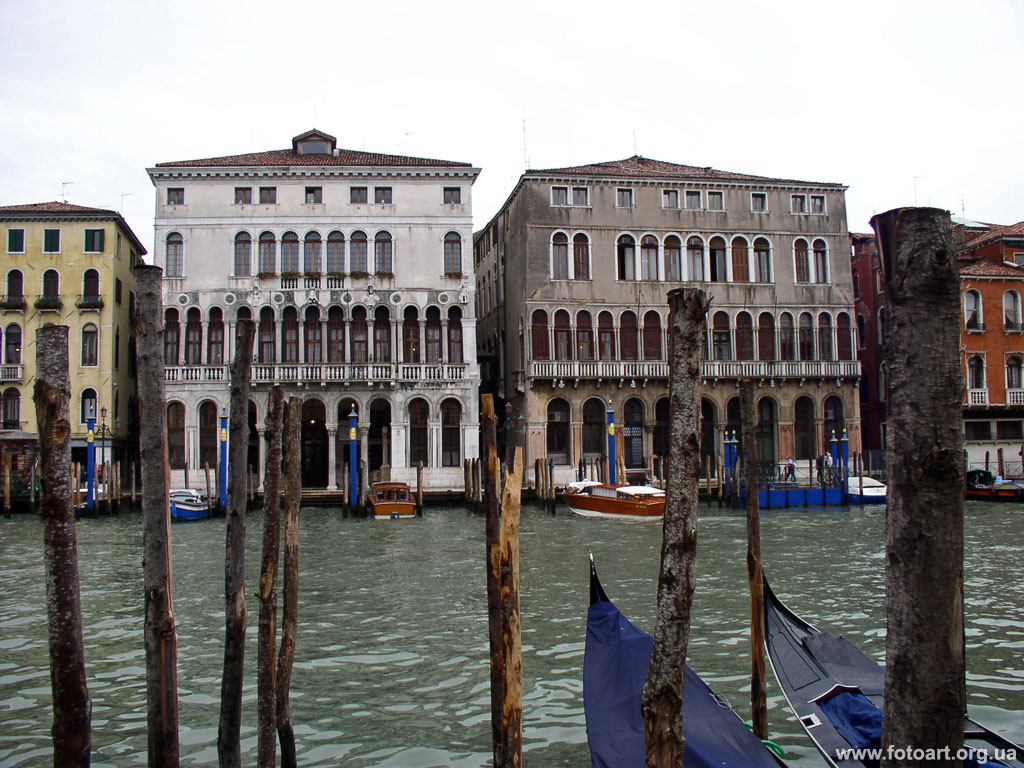
Big enough for ya?
I’d say we’re looking at around 20,000 square feet here, just as a guess.
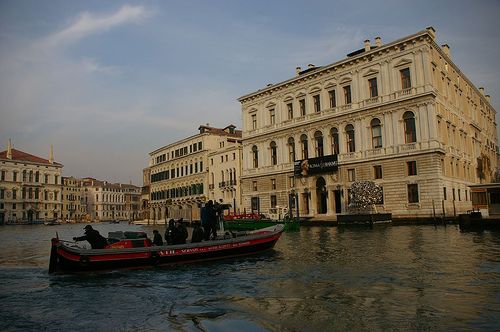
Nice house.
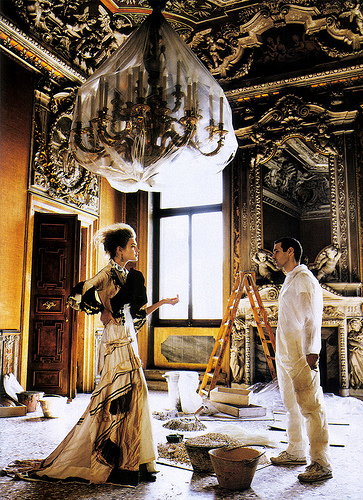
It ain’t no crummy McMansion.
“What do you mean you ‘got it at Home Depot’? Are you insane?”
6) The 18th Century Paris Apartment. Let’s go to the party with Louis XIV!
Actually, this is no different than the Venetian Palazzo (which itself is a scaled-up version of the Greenwich Village Brownstone). We just do without the canals, and in a bigger city, and with a bit of French flavor.
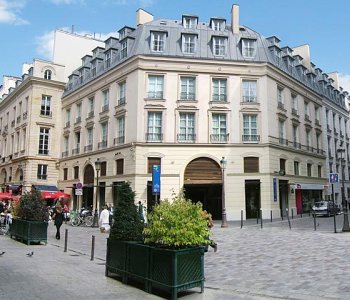
These sorts of buildings, which are everywhere in Paris, often date from before the Industrial Revolution. The lords and ladies of the Ancien Regime lived here. And boy did they have a good time.
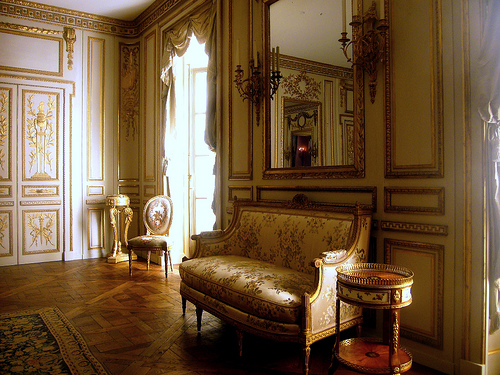
The interiors are beyond opulent.
All of these photos represent 18th century style.
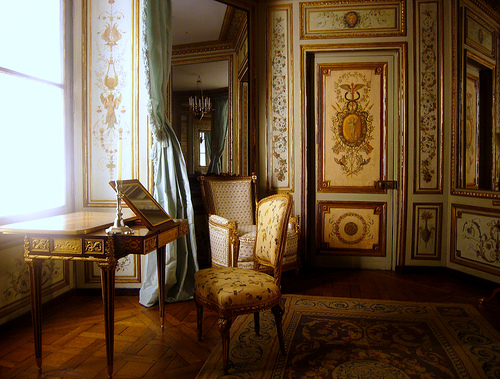
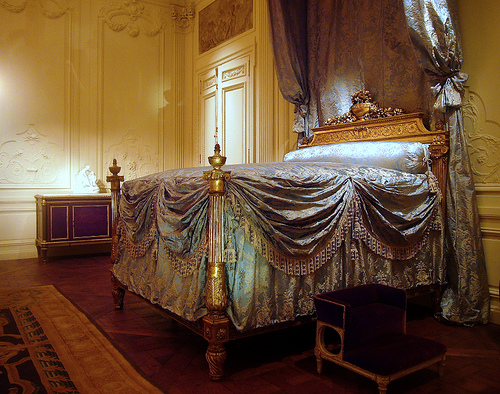
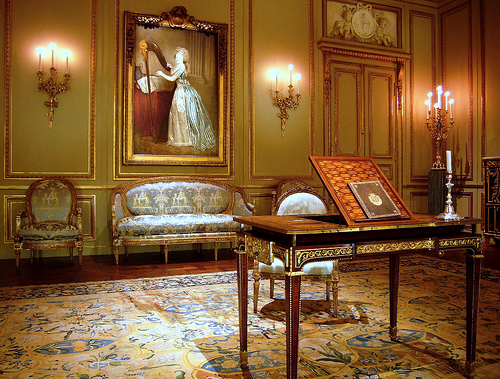
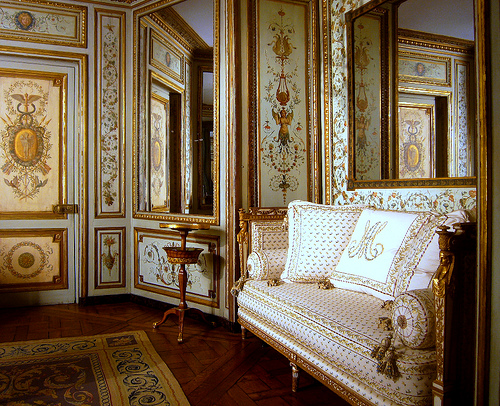
I believe the cover of this loveseat was hand-embroidered by Marie Antoinette, the Queen of France.
How’s that for opulent?
Are you still fantasizing about your manor in the country? The lords and ladies of France left their country manors for apartments like these. Much better parties in Paris.

The embroiderer herself, as played by Kirsten Dunst.
“Versailles Shmersailles. Let’s go to Paris.”
7) The Kyoto House. This isn’t really any different than the Greenwich Village Brownstone, just a different aesthetic tradition. Often comes with a courtyard. The point is that the basic format (multi-story townhouse, entrance right on the street, no green space, maybe a small yard or courtyard) can take the form of many different architectural styles. Just like clothing. When you get the basics right (two sleeves, hole for your head), you can have fun with the decorative bits.
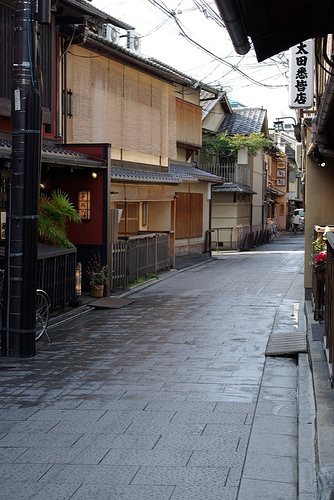
Note the street width here.
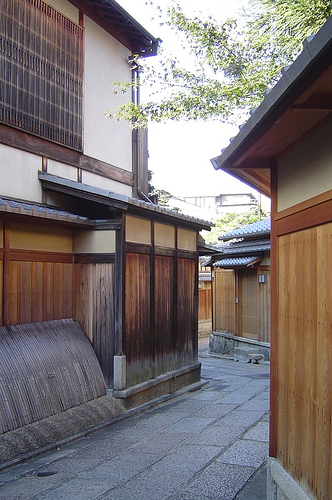
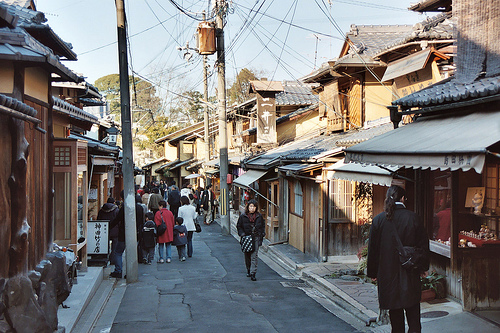
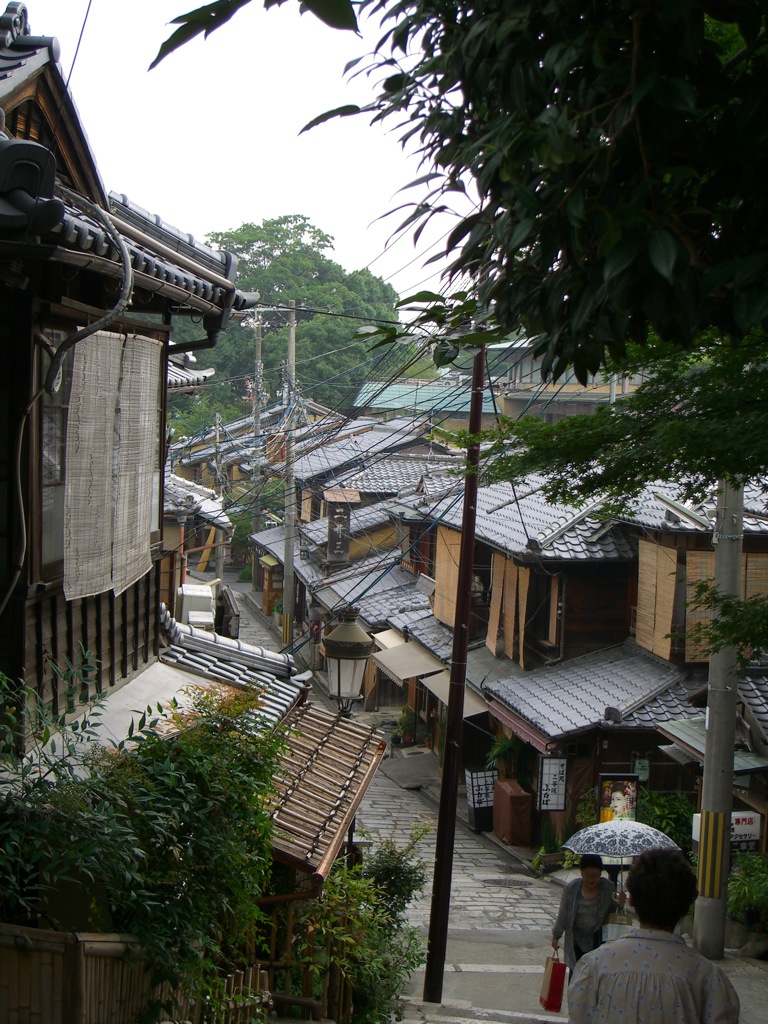
Kyoto houses tend to be narrow in front, but stretch a long way back. Some are called “eel houses.” This was because houses were taxed based upon the width and opulence of their street-facing side. So, they tend to be rather modest from the street.
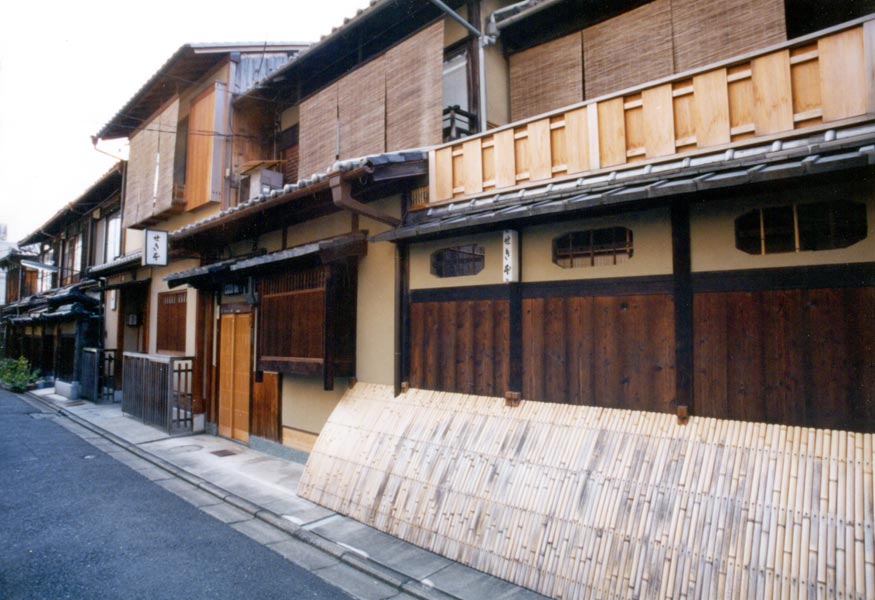
Ener the door and …
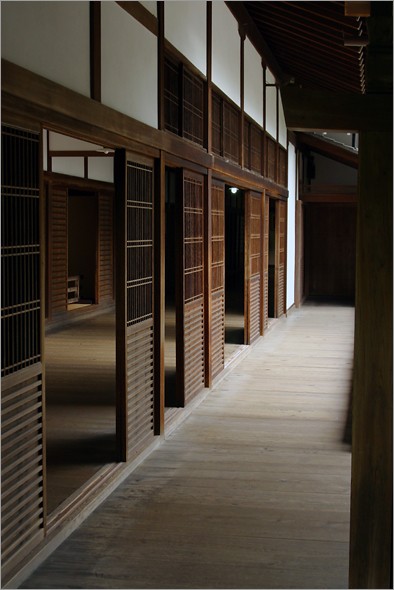
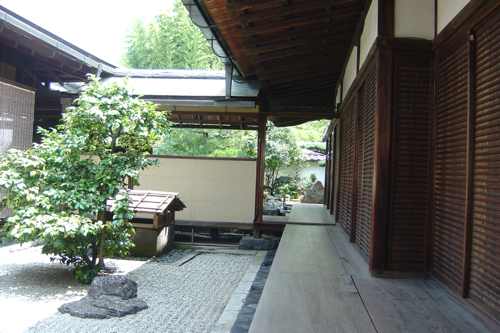
These Kyoto houses often have courtyard and gardens, hidden out back where the tax man can’t see them.
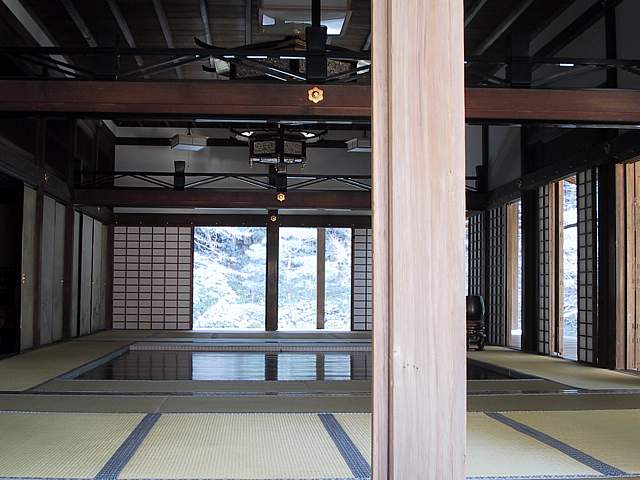
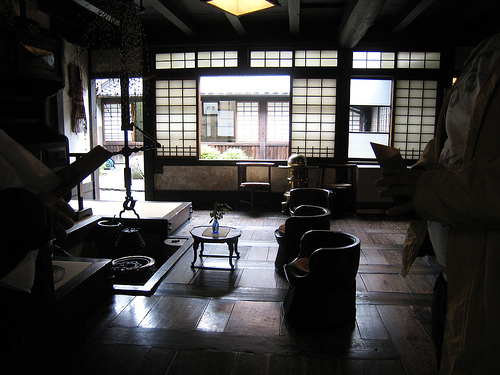
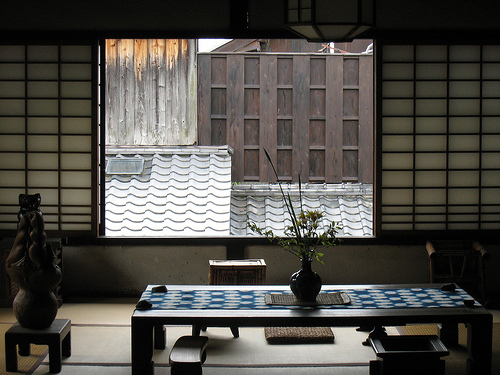
These generally date from before 1850. Some are 400+ years old.

Another garden in a private Kyoto residence. The Kyoto stuff isn’t flashy, but ultra-sophisticated.
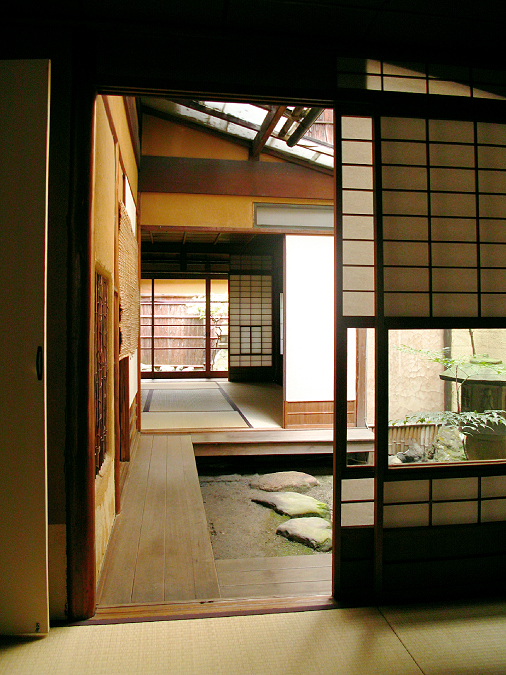
Here’s a link to a site with lots of photos of a dozen or so beautiful Kyoto homes.
They include floor plans. And, you can rent them!

“I’m not for rent, but if you put me in a beautiful Kyoto townhouse, I will be yours forever.”
8) The French Post-n-Beamer. This is another version of the basic Greenwich Village Brownstone format, but again with a different architectural style. A little more rustic, maybe appropriate for smaller villages and towns.
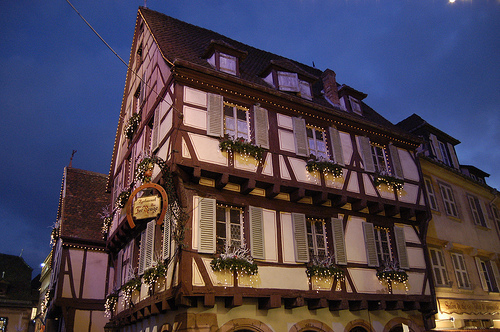
These are not small houses.

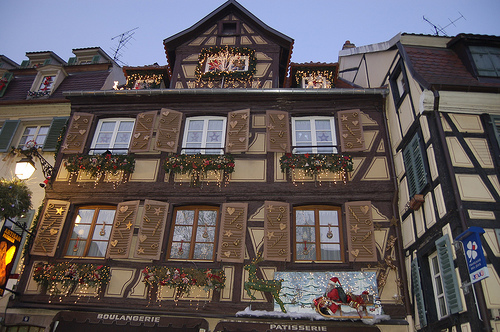
Rather more decorative than your basic brownstone.
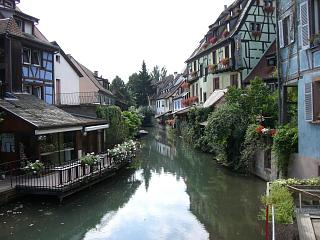

“All I really want is a 400 square meter, three-hundred-year-old post and beam house on the water.”
All of these styles fit right into the Traditional City, like a cherry on top of a hot fudge sundae. (We’ll talk a little more later about how to integrate the High Rise Apartment, which is not a traditional Traditional City format, into the Traditional City.)
Have fun with it.
This 26 gigapixel panorama of Paris is a good place to get a feel of what a Traditional City feels like in its entirety. Be sure to zoom in for super detail! This is a large city, and not one just for tourists. Paris is a center for business, banking, government, media, fashion, and pretty much everything else that gets done in France. However, note that there are very few hypertrophic high-rise type buildings in Paris. It’s not necessary.
I think Paris could use some improvements. There is a little too much traffic. I’d like to see some of the smaller streets have their sidewalks removed, making them pedestrian streets. Plus, it doesn’t quite have the Asian-style sense of activity. Nevertheless, the city is a great success.
Other comments in this series:
April 4, 2010: The Problem With Little Teeny Farms 2: How Many Acres Can Sustain a Family?
March 28, 2010: The Problem With Little Teeny Farms
March 14, 2010: The Traditional City: Bringing It All Together
March 7, 2010: Let’s Take a Trip to Suburban Hell
February 21, 2010: Toledo, Spain or Toledo, Ohio?
January 31, 2010: Let’s Take a Trip to New York 2: The Bad and the Ugly
January 24, 2010: Let’s Take a Trip to New York City
January 10, 2010: We Could All Be Wizards
December 27, 2009: What a Real Train System Looks Like
December 13, 2009: Life Without Cars: 2009 Edition
November 22, 2009: What Comes After Heroic Materialism?
November 15, 2009: Let’s Kick Around Carfree.com
November 8, 2009: The Future Stinks
October 18, 2009: Let’s Take Another Trip to Venice
October 10, 2009: Place and Non-Place
September 28, 2009: Let’s Take a Trip to Barcelona
September 20, 2009: The Problem of Scarcity 2: It’s All In Your Head
September 13, 2009: The Problem of Scarcity
July 26, 2009: Let’s Take a Trip to an American Village 3: How the Suburbs Came to Be
July 19, 2009: Let’s Take a Trip to an American Village 2: Downtown
July 12, 2009: Let’s Take a Trip to an American Village
May 3, 2009: A Bazillion Windmills
April 19, 2009: Let’s Kick Around the “Sustainability” Types
March 3, 2009: Let’s Visit Some More Villages
February 15, 2009: Let’s Take a Trip to the French Village
February 1, 2009: Let’s Take a Trip to the English Village
January 25, 2009: How to Buy Gold on the Comex (scroll down)
January 4, 2009: Currency Management for Little Countries (scroll down)
December 28, 2008: Currencies are Causes, not Effects (scroll down)
December 21, 2008: Life Without Cars
August 10, 2008: Visions of Future Cities
July 20, 2008: The Traditional City vs. the “Radiant City”
December 2, 2007: Let’s Take a Trip to Tokyo
October 7, 2007: Let’s Take a Trip to Venice
June 17, 2007: Recipe for Florence
July 9, 2007: No Growth Economics
March 26, 2006: The Eco-Metropolis

